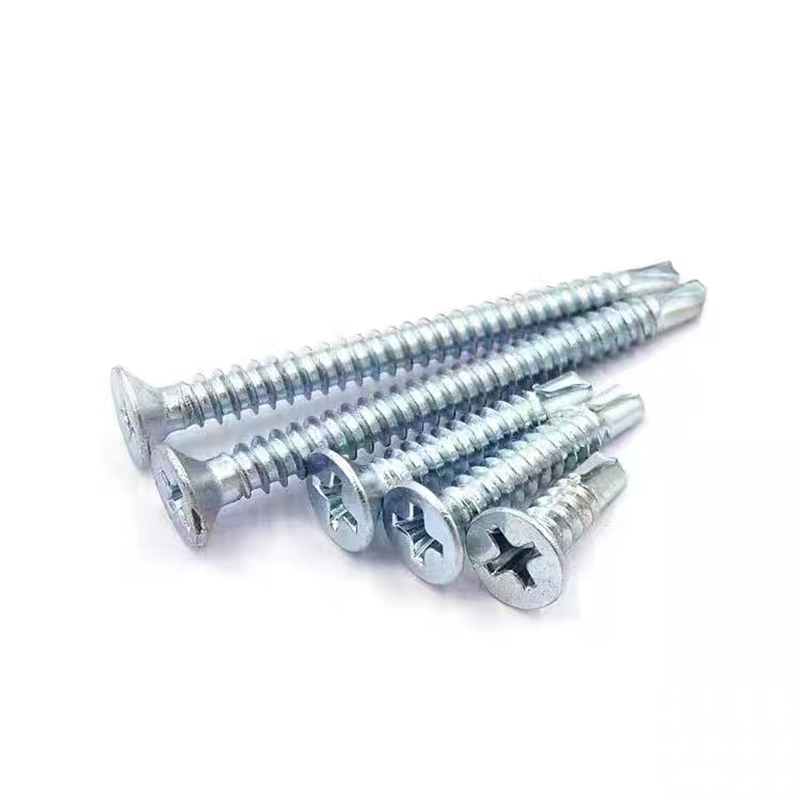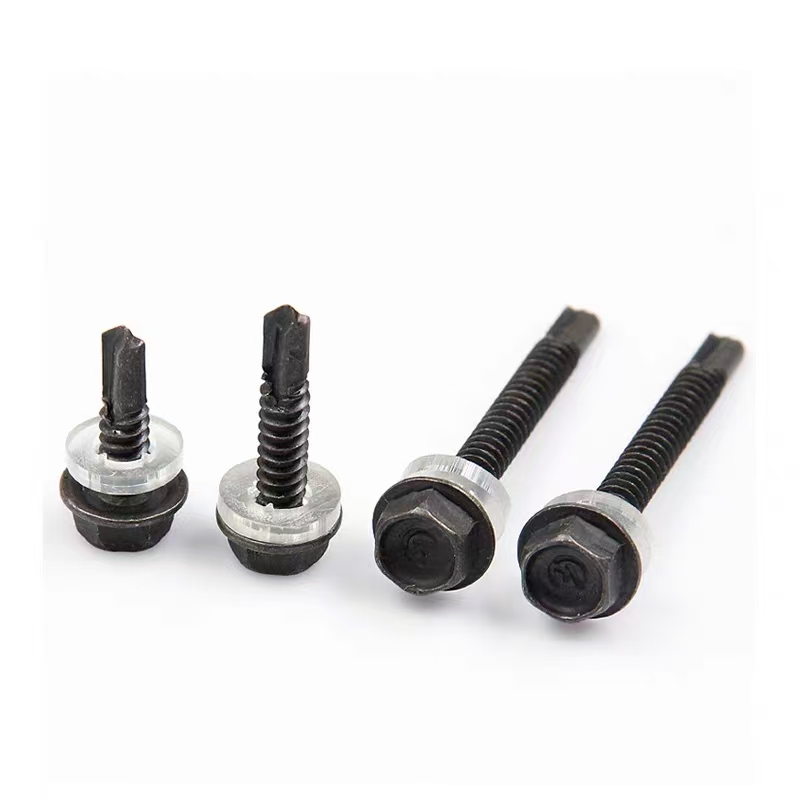- Chinese
- French
- German
- Portuguese
- Spanish
- Russian
- Japanese
- Korean
- Arabic
- Irish
- Greek
- Turkish
- Italian
- Danish
- Romanian
- Indonesian
- Czech
- Afrikaans
- Swedish
- Polish
- Basque
- Catalan
- Esperanto
- Hindi
- Lao
- Albanian
- Amharic
- Armenian
- Azerbaijani
- Belarusian
- Bengali
- Bosnian
- Bulgarian
- Cebuano
- Chichewa
- Corsican
- Croatian
- Dutch
- Estonian
- Filipino
- Finnish
- Frisian
- Galician
- Georgian
- Gujarati
- Haitian
- Hausa
- Hawaiian
- Hebrew
- Hmong
- Hungarian
- Icelandic
- Igbo
- Javanese
- Kannada
- Kazakh
- Khmer
- Kurdish
- Kyrgyz
- Latin
- Latvian
- Lithuanian
- Luxembou..
- Macedonian
- Malagasy
- Malay
- Malayalam
- Maltese
- Maori
- Marathi
- Mongolian
- Burmese
- Nepali
- Norwegian
- Pashto
- Persian
- Punjabi
- Serbian
- Sesotho
- Sinhala
- Slovak
- Slovenian
- Somali
- Samoan
- Scots Gaelic
- Shona
- Sindhi
- Sundanese
- Swahili
- Tajik
- Tamil
- Telugu
- Thai
- Ukrainian
- Urdu
- Uzbek
- Vietnamese
- Welsh
- Xhosa
- Yiddish
- Yoruba
- Zulu
- Kinyarwanda
- Tatar
- Oriya
- Turkmen
- Uyghur

How is innovation shaping steel structure series?
2025-08-15
The evolution of the steel structure series is not just about turning pages in a catalog; it’s about reshaping our understanding of construction and design. In talking to colleagues at Handan Zitai Fastener Manufacturing Co., Ltd., it becomes obvious there are common misconceptions that innovation is always about grand, sweeping changes. But often, it’s a collection of incremental advancements that redefine the industry.
Changing Materials for Resilience
Think about the last time you visited a construction site. It’s easy to see progress in structural steel: lighter, stronger, perhaps even oddly shaped elements. But how often do we contemplate the nuanced improvements in the alloy compositions themselves? These tweaks, though small, can significantly enhance resilience. At times, it feels as if we are just scratching the surface of what’s possible with metallurgical research. The teams around the Beijing-Guangzhou Railway, where our company resides, are just starting to leverage these developments.
Our geographical position provides access to both raw material suppliers and transportation networks like the Beijing-Shenzhen Expressway, which is critical for fast prototyping and material testing. This locational advantage accelerates the cycle of innovation.
While some trials ventured into failure, such as attempts to seamlessly integrate recycled scrap without compromising quality, there is value here too. Every outcome leads to tweaks and adjustments, little improvements that matter.
Designing with Flexibility in Mind
Design flexibility is not merely a trend; it’s an imperative. New technologies in 3D modeling have allowed us to experiment with designs previously deemed impractical. When collaborating with architects, the phrase what if? is no longer a cause for concern but a springboard into potential innovation. The architects value this approach because they know they can build what they dream.
Handan Zitai’s proximity to National Highway 107 gives it a logistical advantage in quickly transporting prototype assemblies for real-world testing. This means quicker realization of innovative steel structures and designs without too many hiccups. But let’s not glamorize it; design flexibility also means dealing with increased complexities in execution.
The real breakthrough comes when theoretical designs meet practical constraints. And that’s where innovation truly thrives—through tension and necessity.
Enhanced Efficiency in Production
On the factory floor, where the rubber meets the road, or rather where the steel meets the fasteners, efficiency has never been a more crucial battlefield. Automation has opened the doors to precision and speed, much needed in a fast-paced world. Specifically, how we integrate these modern techniques with conventional practices to optimize production is an art in itself.
Talking to foremen and line managers, like those in our Yongnian District facilities, there’s a reliance on data-driven adjustments. Machine learning algorithms now predict maintenance needs before they happen, reducing downtime and surprise disruptions.
But more than algorithms—it’s the trained eye that blends empirical data with expertise in metallurgy and engineering. These on-the-ground observations can’t be easily quantified but offer invaluable insights that drive continual improvement.
Transforming Project Management
The innovation extends beyond the physical, structural elements to how projects are managed. We’ve seen digital platforms dissolve geographical boundaries, allowing teams from different parts of the globe to collaborate in real time. This doesn’t just increase efficiency—it enables diverse inputs and ideas, critical components for cutting-edge solutions.
However, when we first began this digital transformation at Handan Zitai Fasteners, the challenges weren’t insignificant. There were integration issues between different software systems which required continuous adjustments and learning curves for team members.
Yet, the transition has brought about unexpected positive changes. The project timelines have shortened, risk management has improved, and resource allocation has become more precise.
Elevating Sustainability Practices
While talking about innovation, it’s impossible to ignore the rise of sustainability. Steel structures are becoming more than just feats of engineering; they represent promises of a sustainable future. Innovations in recycling processes and energy efficiencies are becoming standard, not exceptions.
This aligns with our local and global aspirations, particularly from a strategic vantage point offered by Handan City’s vast industrial ecosystem. On-site experiences demonstrate how waste reduction initiatives not only contribute to the environment but also to the bottom line.
However, this pursuit is fraught with its own set of challenges. Balancing cost with sustainability goals requires a deft hand and willingness to explore uncharted territories.
Conclusion: A Permanent Evolution
Innovation in the steel structure series is less about a final destination and more about an ongoing journey. It involves risks, adaptability, and a stubborn commitment to improvement. At Handan Zitai Fastener Manufacturing Co., Ltd., and similar companies, innovation is not prescriptive; it is a dialogue between the past and the potential of what lies ahead.
As we continue navigating this landscape, input from every cog in the machine becomes invaluable—be it through a strategic location near key transport lines or by capitalizing on collaborative technological platforms. This is how steel, and the very structures we build from it, continue to evolve.












